Inside the Queen Elizabeth II’s extraordinary wealth
Queen Elizabeth II was one of the world’s richest women with a vast empire of palaces, artwork and jewels. And now it’s all the property of King Charles III.
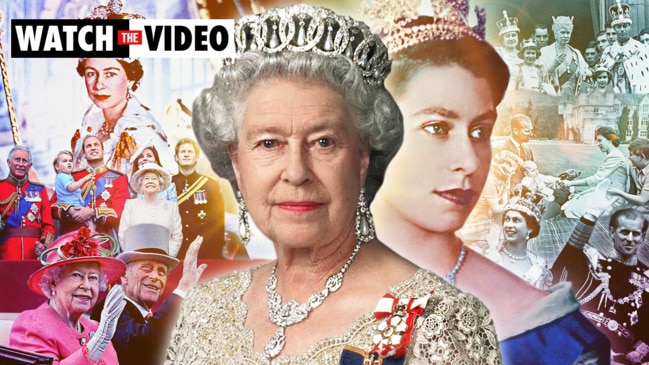
Tens of billion dollars worth of luxury property, fine artworks and priceless crown jewels that are perpetually held by the monarch will be transferred to King Charles III, the Queen’s oldest son and heir.
At the same time hundreds of millions of dollars of the Queen Elizabeth II’s private wealth — including two palaces and an investment portfolio — are also expected to be left to Charles.
The Queen, who died aged 96 on September 9, had custody of the Crown’s public wealth which extends to an estimated $62bn empire covering a massive collection of artwork, property and dozens of palaces.
These holdings belong to the “reigning monarch” on behalf of the people of the United Kingdom and overshadow the private wealth that belong to the Queen and her family.
The Sunday Times’ most recent estimate of the Queen’s private wealth is $644m, a fortune built up after her seven decades on the throne.
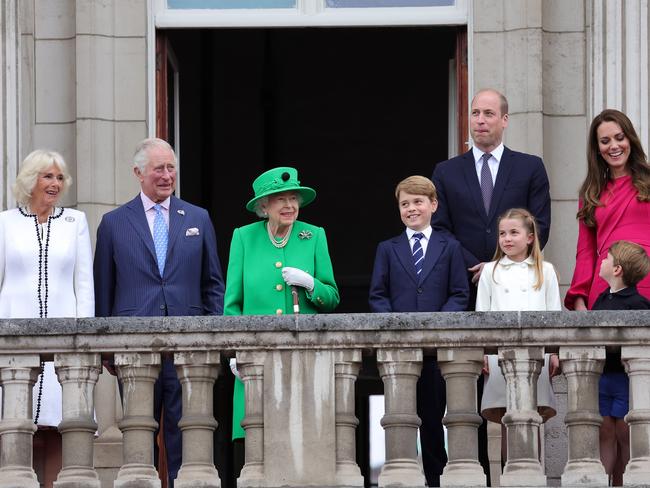
This is made up of property — like Balmoral castle, more than two dozen race horses, private jewellery and a personal investment portfolio including shares — which can be passed directly onto her relatives.
Most of this is expected to be passed onto Charles, who will hold it in trust on behalf of the royal family.
The mixing of private and public creates blurred lines around the Queen’s wealth. All artworks and historic treasures and crown jewels held by the Queen also belong to the monarch on behalf of her successors and the nation.
The biggest source of the Queen’s official wealth is the giant Crown Estate property portfolio which is among the biggest landowners in the UK.
The Queen is entitled to 15 per cent of the profits generated by the Crown Estate and this income stream will be passed to Charles.
However the Crown Estate, which has more than $28bn of assets and last year generated total profits of $380m, is run independently from the royal family and belongs to the reigning monarch “in right of The Crown”. This means that the assets can’t be sold by any member of the royal family.
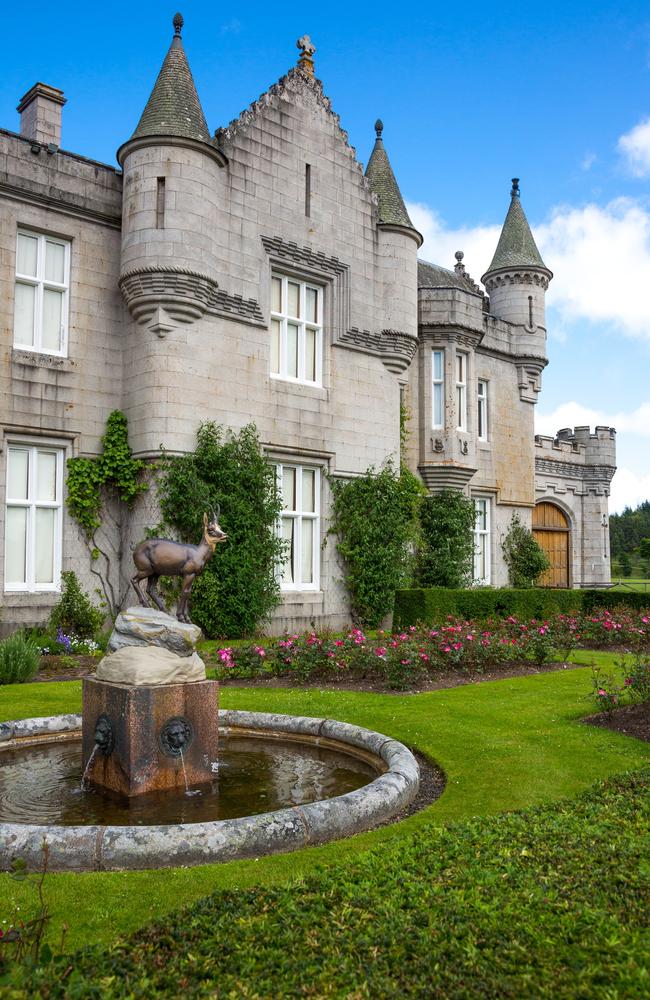
It is also one of London’s biggest property owners with interests in the West End, Regent Street and half of St James’s. It also owns the territorial rights to the UK’s seabed which means the trust has been playing a key role in the development of offshore wind energy in recent years.
The Queen’s other key public holding is The Royal Collection Trust, which is one of the world’s biggest private art collections and owners of historical treasures. The trust has a conservative valuation of £17.4bn, although some estimates put it much higher.
The huge cost of maintaining and preserving the collection is met by the Trust itself which generates income from visitor admissions to the Royal Palaces and galleries. Prior to the Covid pandemic more than 3.2 million people annually visited the Royal Collection’s galleries and palaces.
The Crown Jewels, which include crowns and other regalia worn by the monarch during official functions, is estimated to be valued between $5.8-$10.5bn.
The jewels, including the 2.2kg pure gold St Edward’s Crown, are held in the Tower of London on behalf of the reigning monarch. Some items date back 800 years and these can’t be sold by the royal family.
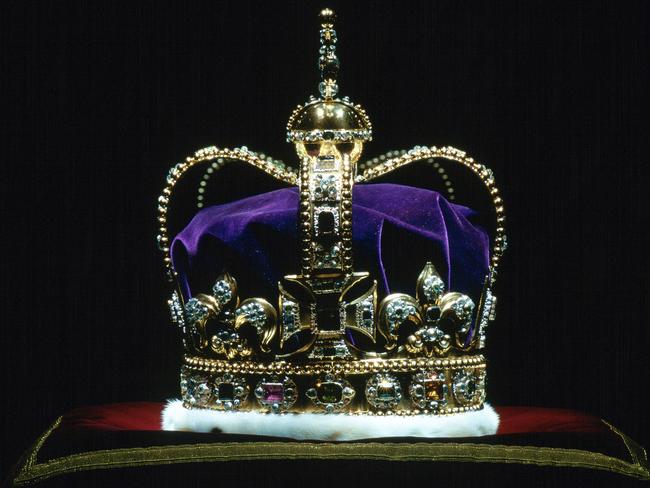
Another income stream includes the Sovereign Grant which is direct government funding to support the official duties of the Queen and maintain the palaces. Last year it amounted to $150m. However the funds needed to run the monarch has often been topped up from the Queen’s own private income.
The Queen’s official residence, Buckingham Palace, has been valued at more than $7bn and also belongs to the institution of the monarch. The palace with more than 770 rooms is currently part way through a 10-year renovation. Other palaces belonging to the reigning monarch include St James’s Palace, Windsor Castle where the Queen had been residing in her later years.
However Sandringham House and Balmoral Castle in Scotland were owned privately by the Queen and are not funded by the public purse. These too are expected to be passed onto Charles.
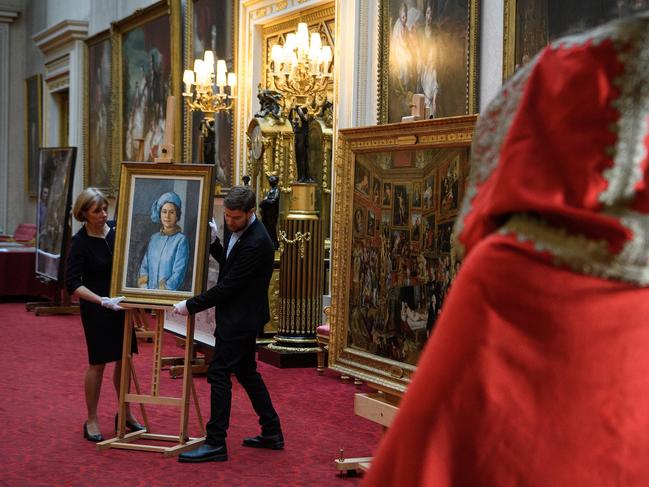

The Queen’s main source of private income came from the Duchy of Lancaster, a $1.1bn property portfolio owned by the Queen in trust as the monarch. This includes significant farmland and residential and commercial property in England and Wales and some of London’s more up-market suburbs. While the Queen is entitled to the income generated from this portfolio, she does not personally own the assets.
An insight into how the Royal family plan their inheritance was given in 2002 when The Queen Mother (Elizabeth) passed away.
Her office released a statement shortly after her death saying that her entire estate, which was mostly made up of the contents of her home, was left to the Queen, while some of her private artworks were transferred to the Royal Collection. The Queen Mother also made some bequests to members of her staff.
The will of the Duke of Edinburgh who passed away in April 2021, remains secret under a long standing convention that after the death of a senior royal, the courts are asked to seal their wills.
One aspect that is likely to influence the transfer of wealth is the UK’s inheritance tax regime. While it does not apply to assets received by reigning monarchs - Charles - or assets held in trust, inheritances made directly to other members of the royal family are expected to attract the tax.
World’s richest women
(in Australian dollars)
1. Bettencourt Meyers - L’Oreal heir - $A106bn
2. Alice Walton - Walmart - $A93.4bn
3. MacKenzie Scott - Amazon - $A62.3bn
4. The Queen - Monarch - $A62bn*
5. Gina Rinehart - Mining - $A41.5bn
*includes public assets




To join the conversation, please log in. Don't have an account? Register
Join the conversation, you are commenting as Logout